Atomic Heart is heavily inspired by games like BioShock and Prey, both in its story and game design. However, there are some very obvious Easter eggs that nod to BioShock hidden away for you to find. This guide outlines every BioShock Easter egg you can stumble across in Atomic Heart.
Related: Is Atomic Heart like Bioshock? Answered
Every BioShock Easter egg in Atomic Heart
Below we’ve listed all the BioShock Easter eggs we’ve found in Atomic Heart in no particular order. While some may require a bit more understanding to grasp, most are very obvious.
0451

The first BioShock Easter egg can be found while you’re in the game’s introductory sequence. While you’re sat in a boat moving down a canal, you’ll hear a man and a woman discussing something secret. The man mentions a code, 0451. This code is used in many games, but it’s also the first one you’ll get in BioShock. Most people agree that the code is a reference to Fahrenheit, a dystopian novel, which is very fitting considering what Atomic Heart says about communism.
One-two punch
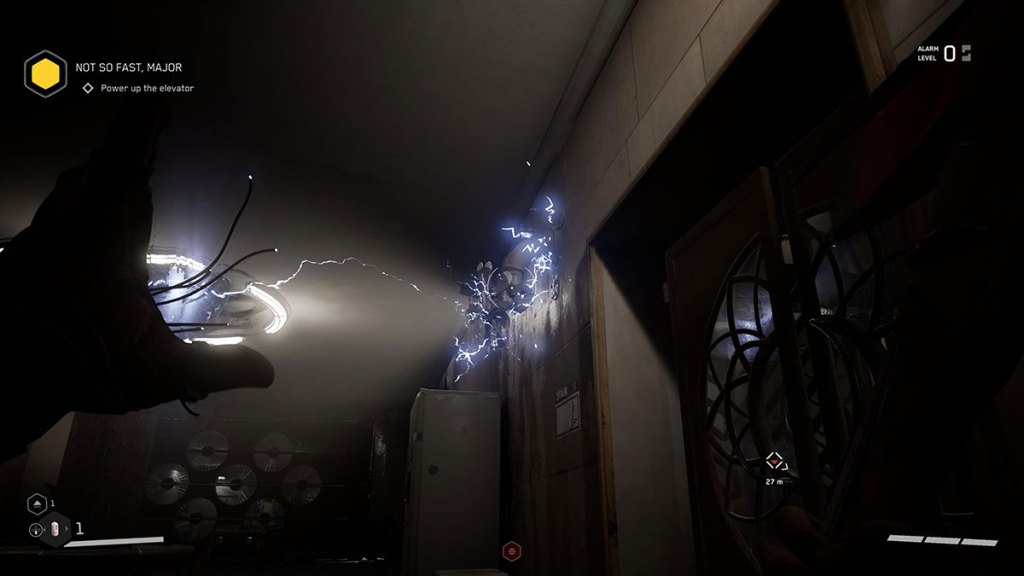
In BioShock, the first Plasmid you pick up is an electrical power that allows you to shock enemies before following up with a smack with a wrench. This is called the one-two punch. Atomic Heart’s first ability is a similar electrical power that you’re encouraged to use in conjunction with your melee weapon for the majority of the game. While not specifically referenced as an Easter egg, we believe it definitely is.
Neptune and the lighthouse

Lighthouses are an iconic piece of symbolism from the BioShock universe. In the first game, your plane crashes into the sea, and you enter a lighthouse before descending into Rapture. In Atomic Heart, you need to fight your way to a lighthouse, where you’ll sit in a chair, a reference to BioShock, and take an elevator down into a city under the artificial sea. While it’s not as impressive as Rapture, Neptune is almost certainly a deliberate BioShock Easter egg. This is hammered home by the protagonist, P-3, calling it a rapture in amazement.
An Unknown Feat message
In one of the many computers in the game, you can come across a piece of mail called “An Unknown Feat.” This message references someone called Andrey Ryanovsky, which resembles the name Andrew Ryan, the founder of BioShock’s city of Rapture. The description of this Ryanovsky goes on to say how they were a capitalist and idealist who fled the Soviet Union and calls them a vocal opposition to communism. It ends by saying that he succeeded in creating his undersea dwelling and is a true friend to Facility 3826. This is a reference to the city of Neptune above, Atomic Heart’s version of Rapture.
Related: How to defeat The Twins in Atomic Heart
The final boss
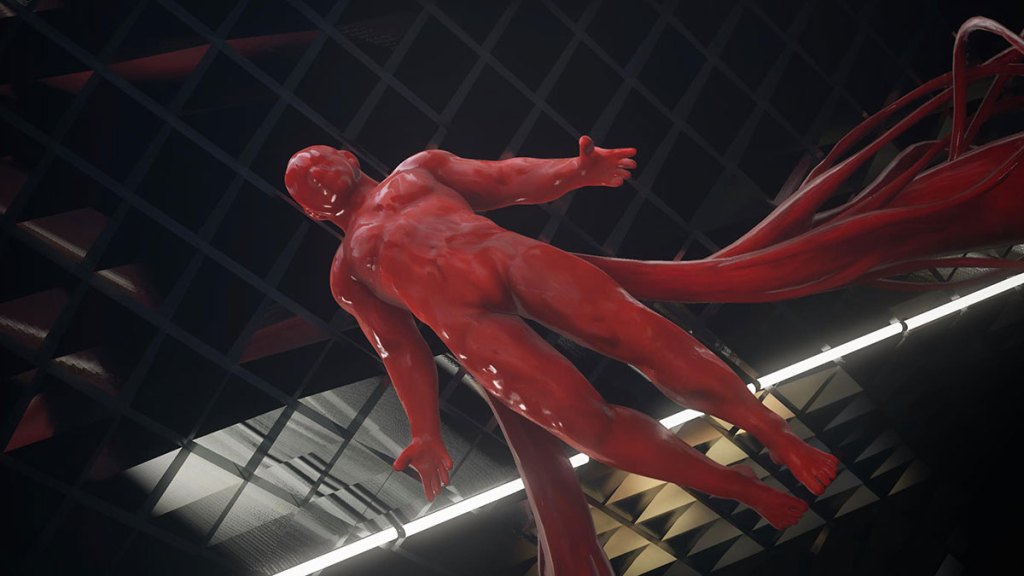
This Easter egg might be a stretch, but that could also be down to BioShock’s terrible final boss design. The last boss of BioShock is a hulking man who has gorged himself on Adam and become superhuman. He looks like a bit of a blob, though, with barely any defined features. While you don’t get to fight it, the true final enemy of Atomic Heart that takes over the world is a blob-like creature made of Polymer, the invention that propelled the Soviet Union to the forefront of science and innovation within the game’s universe. These two are similar because they are both products of the one thing that sets their worlds apart as unique, but they’re not very interesting outside of that.



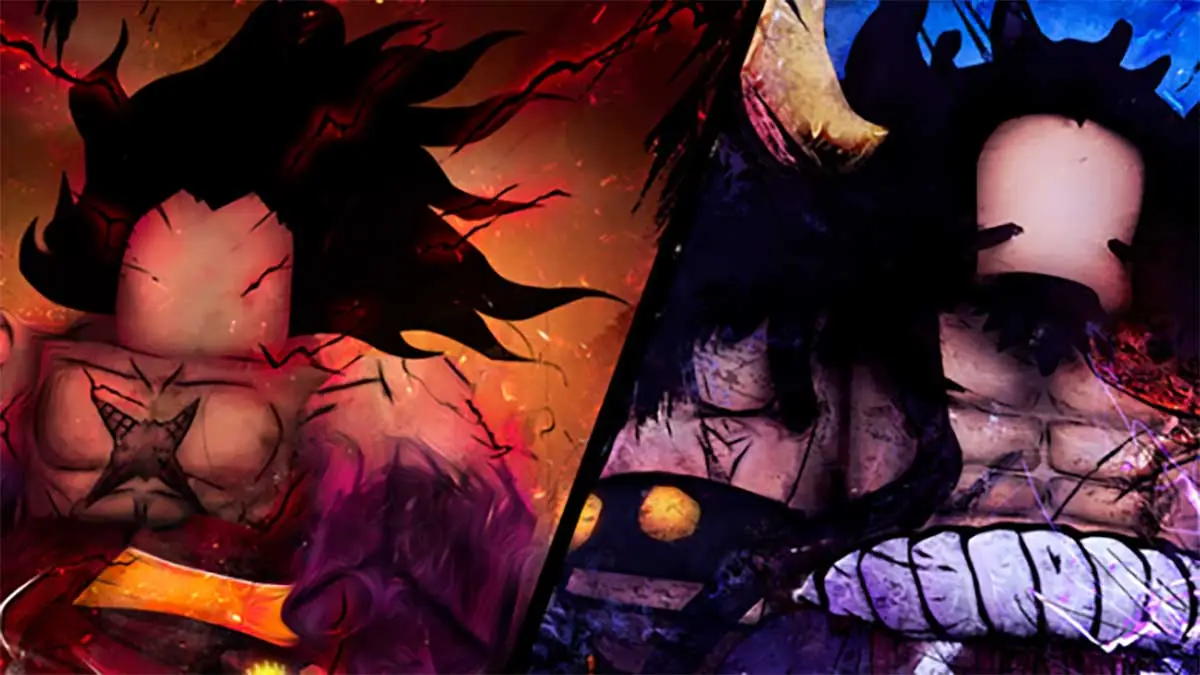
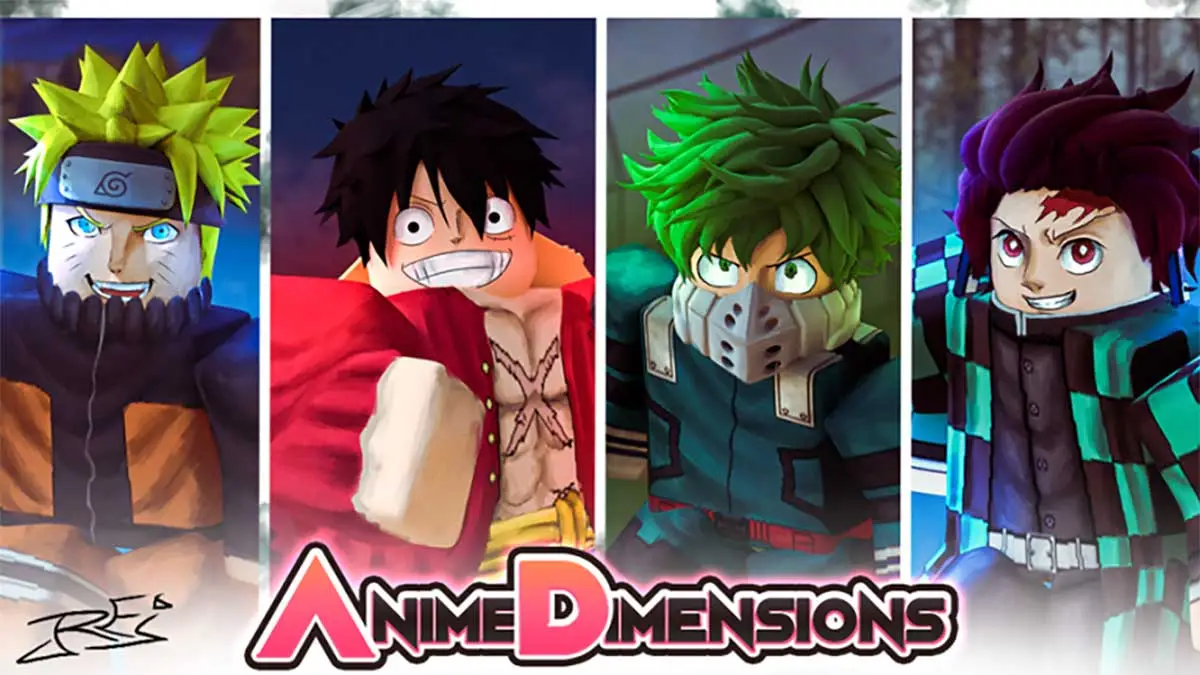
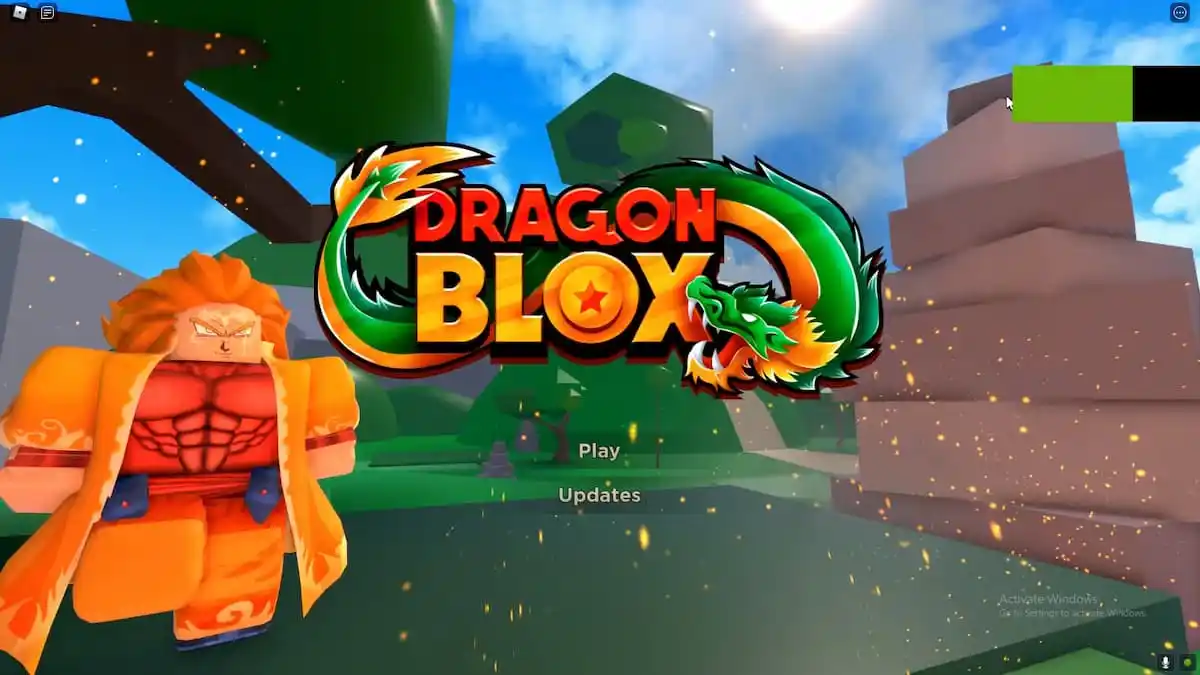

Published: Feb 27, 2023 04:05 pm